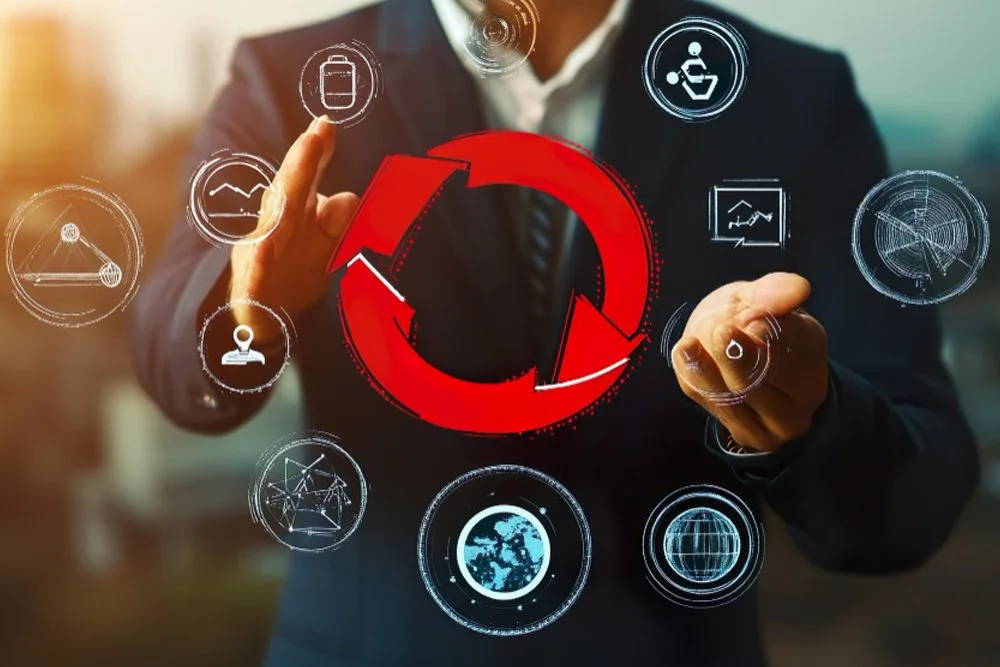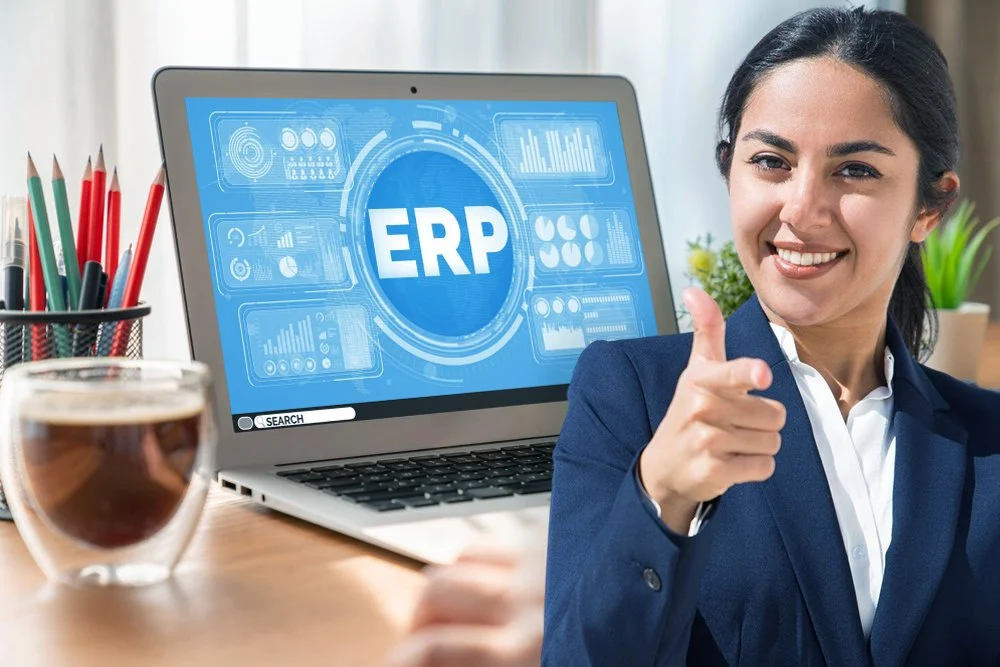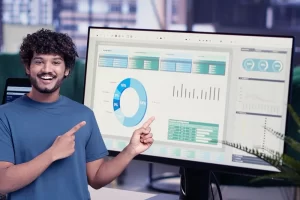Look around. We no longer just buy products; we subscribe to outcomes. We stream entertainment (SaaS), hail rides (MaaS), and even receive curated clothing monthly (CaaS). This is the Everything-as-a-Service (XaaS) or “Subscription Economy,” and it’s fundamentally changing how businesses operate.
If your company is pivoting to a subscription or usage-based model, your most significant roadblock might be an old, product-centric ERP system. Why? Because selling services is nothing like selling products.
What is XaaS and Why Does It Break Traditional ERP?
XaaS is a business model where instead of a one-time sale, you provide a valuable service or outcome to customers in an ongoing, recurring relationship. This could be software, a physical product (like a smart phone with a service plan), or even a capability (like 3D printing on demand).
Traditional ERPs are built for a world of discrete transactions: you sell a widget, you record the revenue, you move on. They struggle with the continuous nature of subscriptions, which involve:
- Recurring Invoicing and Billing
- Managing Customer Lifecycles
- Tracking Usage Metrics
- Recognizing Revenue Over Time
The ERP’s New Role: The Central XaaS Engine
To thrive in the XaaS world, your ERP can’t just be a backend system; it must become the central engine that powers your entire service model. It needs to seamlessly manage:
- Recurring Revenue and Billing Complexity: Your ERP must handle monthly/annual subscriptions, tiered pricing, overage charges, and one-time setup fees with ease. It needs to integrate with payment gateways to automatically process payments.
- The Customer Lifecycle: From the initial quote (CPQ – Configure, Price, Quote) to onboarding, renewal, and even churn, every touchpoint must be tracked. Your ERP should give you a 360-degree view of the customer’s lifetime value (LTV) and health.
- Usage-Based Metrics: If you charge “per seat,” “per API call,” or “per gigabyte,” your ERP must consume this usage data from your service platforms. It then uses this to generate accurate invoices and provide insights into how customers are using your service.



Integration is Non-Negotiable
A XaaS model demands a unified tech stack. Your ERP must be the hub that connects seamlessly with other critical systems:
- CRM: For a single view of the customer from sales to service.
- CPQ Software: To configure complex subscription quotes accurately.
- Billing Platforms: For flexible invoicing and revenue recognition.
- Your Service Delivery Platform: To pull in critical usage data.
Is Your Business Ready to Subscribe to the Future?
The shift to XaaS is more than a pricing change; it’s a cultural and operational transformation. Companies that master the service model build stronger customer relationships and more predictable revenue streams.
The first step is ensuring your operational core—your ERP—is built to support it. Otherwise, you’ll be trying to power a sports car with a lawnmower engine.Is your ERP holding back your service-based business model? We specialize in helping companies modernize their operations for the XaaS world. [Get in touch to see how we can help].







